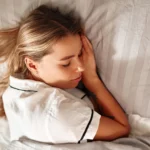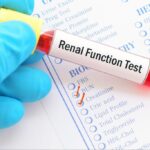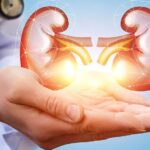Varicose veins are twisted, tangled, enlarged veins. Any vein that is near the skin’s surface (superficial) can be or become varicose. Varicose veins are most commonly abrupt-ed in the legs, as standing, and walking increases the pressure in the veins of the lower body.
Symptoms
Varicose veins can cause aching and discomfort. Sometimes it leads to more serious problems. Signs of varicose veins include:
- Veins that are dark purple or blue
- Veins appear twisted and bulging, often appearing like cords on the legs
- An achy or heavy feeling in the legs
- Burning, throbbing, muscle cramping and swelling in the lower legs
- Worsened pain after sitting or standing for a long time
- Itching around one or more of the veins
- Changes in skin colour around a varicose vein
What are spider veins?
Spider veins, a milder type of varicose veins, are smaller than them and often look like a sunburst or “spider web.” They are red or blue in colour and are commonly observed on the face and the legs, right under the skin.
Causes
Weak or damaged valves of the veins (that help prevent the backflow of blood) can lead to varicose veins. Arteries carry blood from the heart to the rest of the body while the veins return blood from the rest of the body to the heart. To return blood to the heart, the veins in the legs must work against gravity. If these valves are weak or damaged, blood can flow backwards and pool in the veins, causing the veins to stretch or twist.
Risk factors
The following can increase the risk of developing varicose veins:
- Ageing causes wear and tear on the valves in the veins.
- Women are more likely to develop the condition.
- During pregnancy, the blood volume in the body increases.
- Family history, there’s a greater chance you get it too.
- Obesity. Being overweight puts added pressure on veins.
- Standing or sitting for long periods of time. Movement helps blood flow.
Complications
Complications of the disease, although rare, can include:
- Ulcers
- Blood clots
- Bleeding
Prevention
Improve the blood flow and muscle tone. It is considered that it might reduce the risk of developing disease. The same measures that treat the discomfort from varicose veins can help prevent them;
- Avoiding high heels and tight hosiery
- Changing your sitting or standing position regularly
- Eating a high-fibre, low-salt diet
- Exercising
- Raising your legs when sitting or lying down
- Watching your weight




